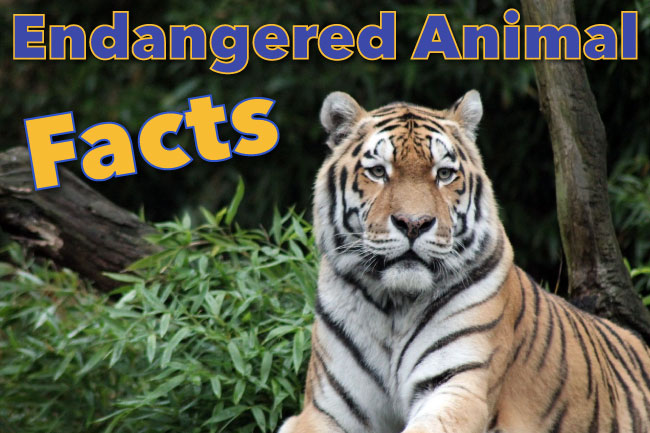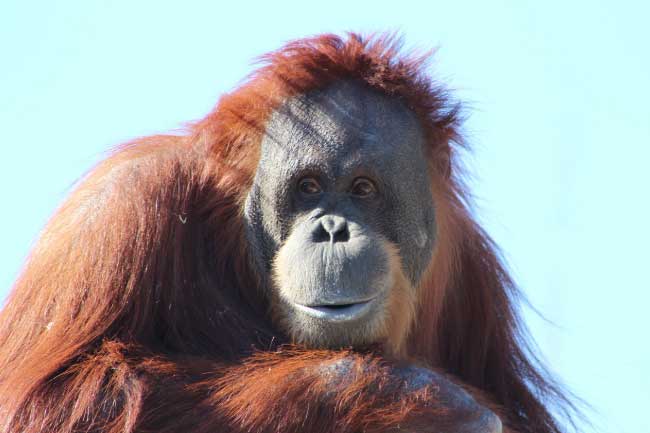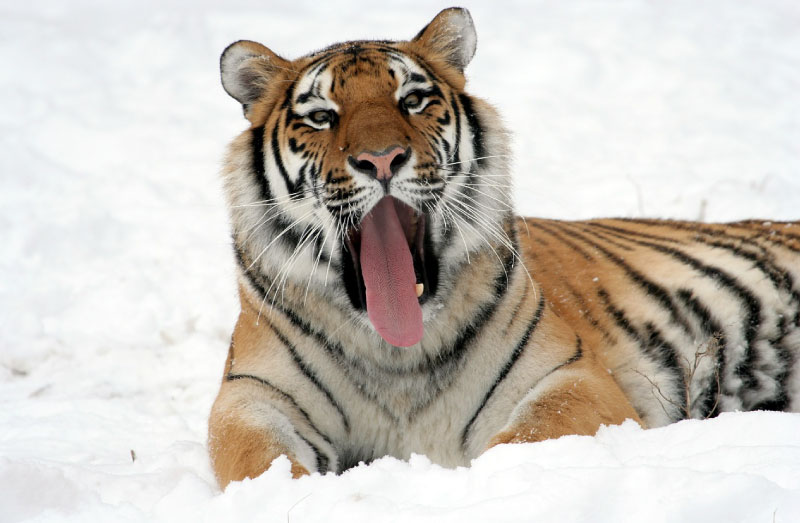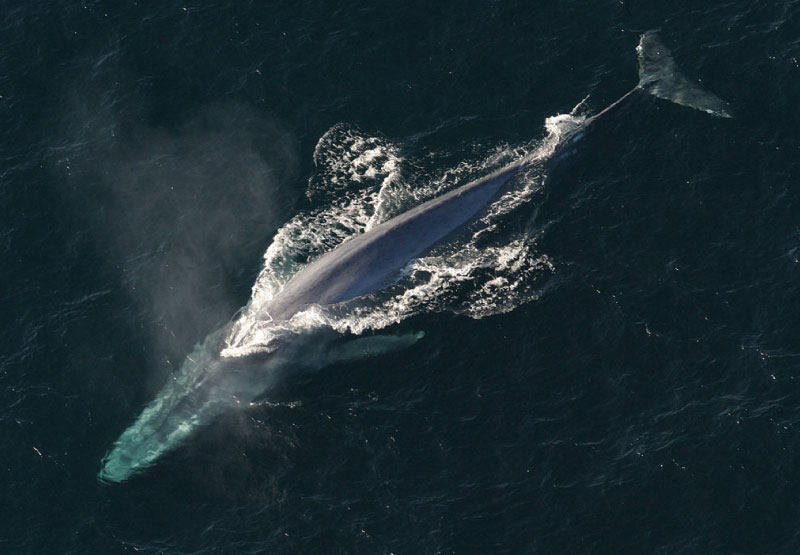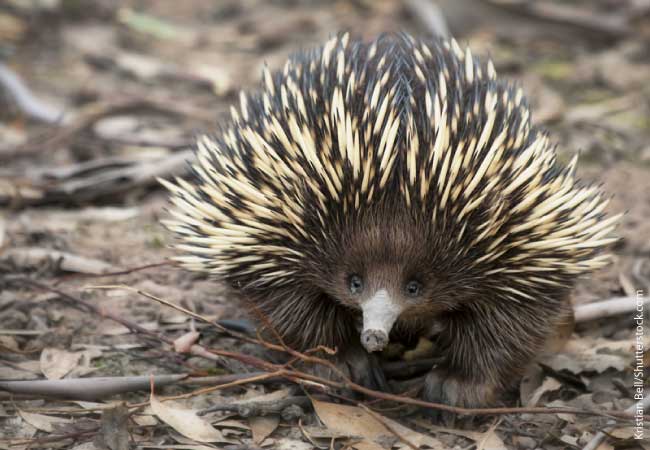This page contains endangered animals facts for kids – and anyone else interested in finding out about the world's threatened species.
Here you’ll find all kinds of information on endangered animals, including: who decides if a species is endangered; the different categories for endangered species; and why animals become endangered.
We'll begin with some interesting endangered animals information. We'll then discover more about threatened animals with a list of endangered animals facts for kids.
- You can see a list of endangered animals here: Endangered Animals List.
Endangered Animals Facts For Kids: What Is An Endangered Animal?
‘Endangered animal’ is a term used to describe a species that is in danger of becoming extinct.
More specifically, an Endangered Species is a species that has been identified by the International Union for the Conservation of Nature (IUCN) as being under threat of global extinction.
The International Union for the Conservation of Nature (IUCN) is an international organisation that compiles data on endangered animals and places them into different threat categories. Their findings are presented on the IUCN Red List.
The term 'Endangered' is usually used to describe an animal’s global status, rather than its local status.
For example, the number of Common Starlings is falling in Europe. However, in Asia there is no change in their numbers and in Africa the population is increasing. Therefore, Common Starlings are not considered to be endangered.
Animals can be 'locally endangered', or even 'locally extinct', without being globally endangered.
There are guidelines on how animals should be counted. How a species is categorized on the Red List (see below) depends on how fast its population is falling and how many animals have already been lost.
Extinct Animals
A species becomes extinct when the very last one of its kind dies. Animals that have become extinct include the Tyrannosaurus Rex, Terror Birds, the Dodo, and the Thylacine.
There are actually two official extinction categories, as we’ll find out below.
Species go extinct in the wild all of the time naturally. It's part of nature. However, we have a duty to prevent animals becoming threatened due to human activity.
Facts About Endangered Animals: IUCN Categories
‘Endangered' is one of three categories the IUCN uses for species that are threatened with extinction, and one of nine that the IUCN uses to rate all species. These categories are:
- Least Concern (LC)
- Near Threatened (NT)
- Vulnerable (VU)
- Endangered (EN)
- Critically Endangered (CR)
- Extinct in the Wild (EW)
- Extinct (EX)
Two other categories are also used. Not Evaluated (NE) is for species that haven’t yet been studied. Data Deficient (DD) means that insufficient data has been collected.
The IUCN Red List is not just for animals; plants and fungi can become endangered, and are also included on the list.
As you can see from the list above, there are two degrees of extinction.
If a species is ‘Extinct in the Wild’, then there are still living specimens, but they are in zoos, or in places other than where they were naturally found.
If a species is ‘Extinct’, there is no way back. The species will never again be seen on Earth.
Endangered Animals Facts For Kids
Below is a list of facts about endangered animals. There are several links you can follow to find out more about a particular animal. If you want to learn even more endangered animals information see our Endangered Animals List.
- Amur Leopards are the most endangered big cats (not including the South China Tiger, which scientists believe may already be extinct). Amur Leopards have been categorised by the IUCN as being ‘Critically Endangered’. Estimates of the number of Amur Leopards left in the wild range from around 70 to under 20.
- There are two species of Orangutan: the Bornean Orangutan, and the Sumatran Orangutan. Both are on the Red List.
- The Bornean Orangutan is endangered. There are only around 40,000 left in the wild.
- The Sumatran Orangutan is critically endangered. Sadly only around 7,000 of these beautiful animals are left in the wild.
- The main cause of Orangutans becoming endangered is habitat loss caused by deforestation.
- Of the seven species of Sea Turtle found in our oceans, two (Kemp's Ridley and Hawksbill) are Critically Endangered, one (Green) is Endangered, and three (Loggerhead, Olive Ridley and Leatherback) are Vulnerable. (Insufficient data have been collected on the Flatback Sea Turtle.)
- The world’s Tiger population has shrunk by around 97% since the beginning of the 19th century.
- Today, it is possible that there are as few as 3,200 tigers left in the wild.
- Of the six tiger subspecies, 3 are Critically Endangered, and the other 3 are endangered.
- Tigers are going extinct due to deforestation and habitat loss. Even today they are still hunted for their fur and body parts.
- The most endangered tiger subspecies is the South China Tiger. Some scientists believe that it is already extinct in the wild.
- Several species of whale were hunted almost to extinction, including the Blue Whale. Whales were hunted for their meat and blubber. Their body parts were also used to make products including tools, ornaments, fuel, clothes and baskets.
- Today, five species of whale are classed as being endangered. These are: the Sei Whale, Blue Whale, Fin Whale, North Atlantic Right Whale, and North Pacific Right Whale.
- The Sperm Whale is also threatened, and is classed as ‘Vulnerable’.
- Other whale species may be threatened, but there isn’t enough data to classify them yet.
- Today's Blue Whale population is under 1% of its original size. However, due to hunting bans, the number of Blue Whales is growing. There may be as many as 12,000 Blue Whales alive today, but they are still at risk.
- Endangered animals don’t just live in rainforests or far-flung foreign lands. Franklin’s bumblebee is a critically endangered insect found in California and Oregon. The Dusky gopher frog is found in Mississippi. Many other threatened species are found in Northern America, Europe and Australia.
- It’s not all bad news: the Iberian Lynx was rated Critically Endangered in 2002. In 2014 its rating was changed to ‘Endangered’. However, there are still under 200 individuals left in the wild.
- Thanks to conservation measures, populations of Blue Whales in some areas are approaching their original numbers. With our help, many other species around the world are making a comeback.
How Many Endangered Animals Are There In The World?
The numbers of species Listed As Near Threatened, Vulnerable, Threatened, Critically Endangered, and Extinct In The Wild on the IUCN Red List, as of February 2016, are:
- Near Threatened: 5,204
- Vulnerable: 11,029
- Endangered: 7,323
- Critically Endangered: 4,898
- Extinct In The Wild: 69
Endangered Animals Activity
The plight of endangered animals such as tigers, pandas and gorillas is well-known, and each has its own charity or charities.
There are many, many other species that are not as famous but whose situation is just as serious.
Why not learn about a lesser-known endangered animal, and try to raise awareness of its situation among your family and friends? You could design posters and give a presentation about your chosen animal.
Here are some lesser-known critically endangered animals you might like to study: Great Indian bustard (a bird), Pygmy three-toed sloth, Northern bald ibis (a bird), Vaquita (a porpoise), Angel shark, Attenborough’s echidna, Bulmer’s fruit bat.
Endangered Animals Facts For Kids Conclusion
As an animal lover it’s easy to get upset when reading about endangered animals. However, the more we know about endangered animals, the more we can help them, either directly or indirectly. Don't forget that there are many conservation success stories!
What can you do to make a difference?
Find out about some of the world's most amazing endangered animals here: List Of Endangered Animals.

